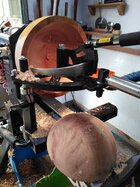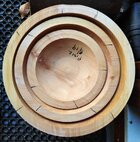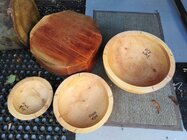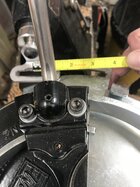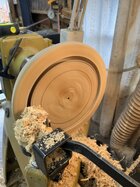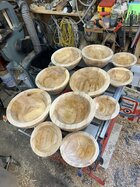I've had both the Woodcut and the Kelton corers, acquiring them in that order. Once I 'mastered' the Kelton I passed the Woodcut along. No complaint about the Woodcut, but it does need to be used inboard with the tailstock and that may suit many turners, but I do all of my bowl and hollow form work outboard and prefer to work in that position.
There is newer version of the Woodcut, so I can't comment on that, but I found the Kelton with the full set of bars (yes all of them!) to be more versatile for my purposes.
However, the full set of Kelton bars is a large investment that I had to give careful consideration to in terms of just how much value I would get from them over their and my life cycle...

...so far they and I are are still going and I'm well ahead on my return on investment.
My suggestion to anyone who is considering a coring system is to try them all out somewhere before they buy, ideally with someone who is a proficient user.
Also, the Kelton straight bars that come with each set of bars have been of no use to me, but ended up with multiples of them in different lengths. If you can buy the curved bars individually, a few at a time, that would be the way I would go.
I core with a 1.5HP motor and it's right at its limit with the biggest cores. 2HP, or more, would be better.
Like the Woodcut, you have to keep the tips sharp and have a method of cleaning the shavings out of the cut as it gets deeper.
I haven't used the Oneway system, so comment on that.

